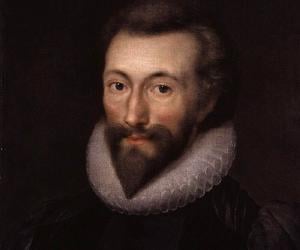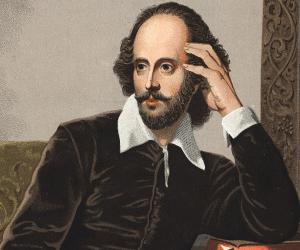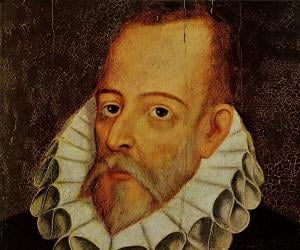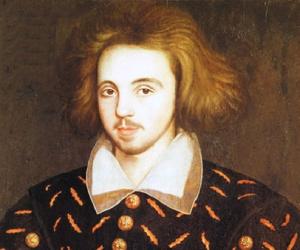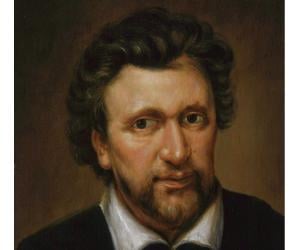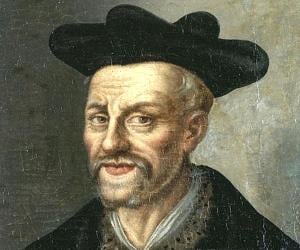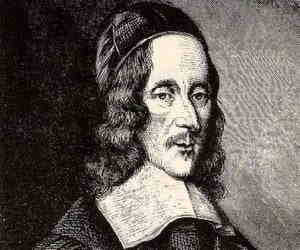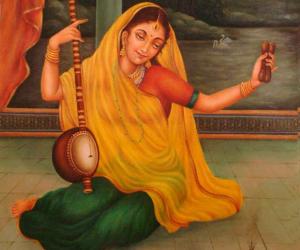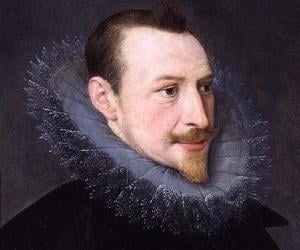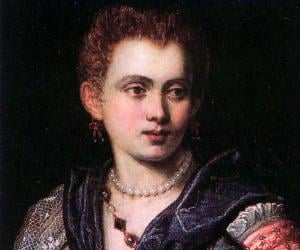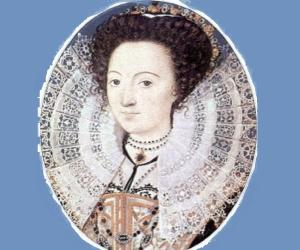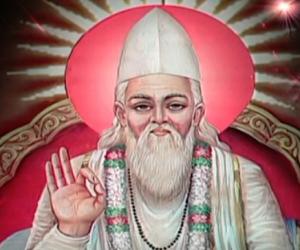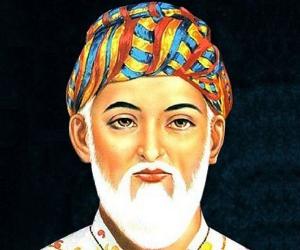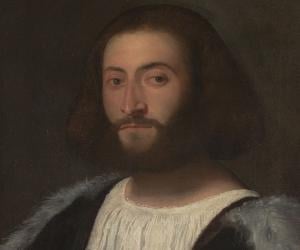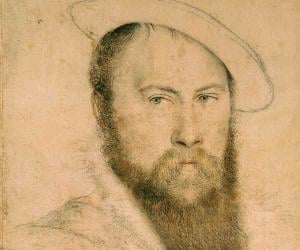
Apart from being a lyric poet who is credited with having written the first English sonnets, Thomas Wyatt was also a seasoned politician and an ambassador who was patronized by Thomas Cromwell. He was also said to have had an affair with Anne Boleyn and was later arrested for it.
English playwright, poet, and actor William Shakespeare is widely regarded as the greatest writer in the English language. He is also often called England's national poet. Many of his works have been translated into other languages and his plays continue to be produced till day. Popular during his lifetime, he acquired an iconic status after his death.
Miguel de Cervantes was a Spanish writer best known for his work Don Quixote, which is considered one of the high points of world literature. He is regarded as one of the greatest novelists of all time and the greatest writer to ever write in the Spanish language. His works have influenced other works of art like music and paintings.
English playwright, poet, and translator, Christopher Marlowe, was one of the major literary figures of the Elizabethan era. It is believed that he greatly influenced his contemporary William Shakespeare. He led a troubled life and died young under mysterious circumstances. Despite his early death, he is regarded as one of the foremost dramatists of the 16th century London.
François Rabelais was a French writer, Renaissance humanist, physician, monk, and Greek scholar. Regarded as one of the great writers by Western literary critics, Rabelais is also considered one of the creators of modern European writing. He is remembered for Gargantua and Pantagruel, a pentalogy of novels that are regarded as one of the earliest forms of the modern novel.
George Herbert was an orator, poet, and priest of the Church of England. Although he is regarded as one of the most important British devotional lyricists, Herbert's poetry is often associated with the works of popular metaphysical poets. He was also a collector of proverbs and his collection was published in 1640.
The 16th-century Hindu mystic poet, Mirabai, was a devotee of Lord Krishna. In the North Indian Hindu tradition, she is a celebrated Bhakti saint. While millions of devotional hymns in praise of Lord Krishna are attributed to Mirabai, only a few hundreds are believed to be actually composed by her. Several temples are dedicated to her memory.
A significant Venetian figure, Veronica Franco wasn’t an ordinary courtesan but was educated and a talented poet, too. She defended herself successfully against charges of witchcraft. Born to a courtesan, she was married to a doctor briefly and later became a sex worker to sustain herself and her children.
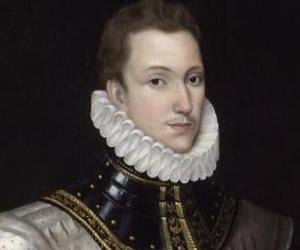
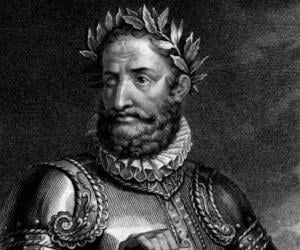
Luís de Camões was a Portuguese poet whose mastery of verse often draws comparison to that of Homer, Shakespeare, Milton, and Dante. He is best remembered for his 1572 epic poem Os Lusíadas. Camões had such a great impact that Portuguese is sometimes referred to as the language of Camões. He is considered the Portuguese language's and Portugal's greatest poet.
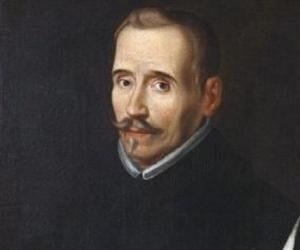
Spanish Baroque dramatist Lope de Vega was one of the most significant figures of the Spanish Golden Age. He had initially aspired to be a priest but abandoned his plans after falling in love with a married woman. He is best remembered for works such as The Dog in the Manger.
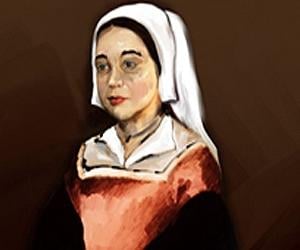
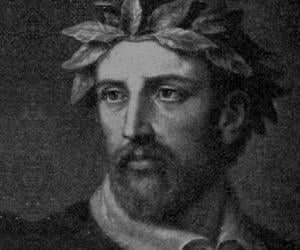
Torquato Tasso was a 16th-century Italian poet. He is best remembered for his poem Gerusalemme liberata (Jerusalem Delivered). The son of a prominent poet, Tasso grew up to be a brilliant young man. Even though his father wanted him to become a lawyer, he decided to become a poet and achieved considerable fame. His poems were widely translated.
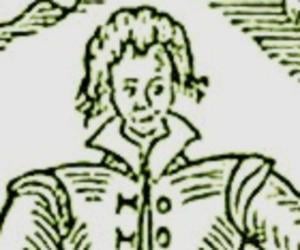
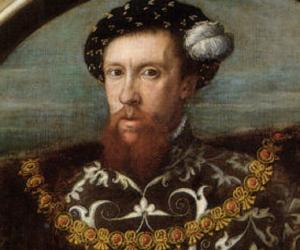
Kabir was an Indian saint and mystic poet whose works influenced Hinduism's Bhakti movement, which in turn played a key role in the formation of Sikhism, the fifth-largest organized religion in the world. Kabir is an important figure in both Hinduism and Islam and his legacy continues to live through a religious community known as the Kabir panth.

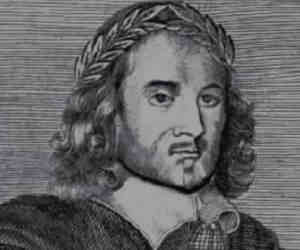
Abdul Rahim Khan-i-Khana was an Indian poet who served in the court of Mughal Emperor Akbar. He was counted among the Navaratnas, Akbar's nine important ministers. Rahim is best remembered for his couplets and books on astrology.
Ludovico Ariosto was an Italian poet best remembered for authoring the epic poem Orlando Furioso, which describes the adventures of Orlando, Charlemagne, and the Franks. Ariosto is also credited with coining the term humanism, which is among the most commonly used words by modern philosophers.
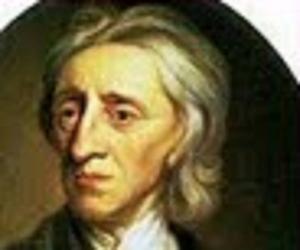
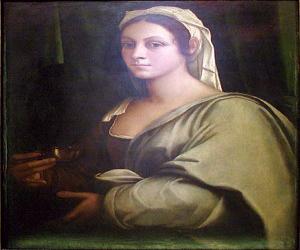
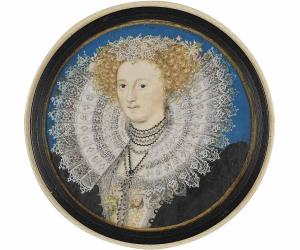
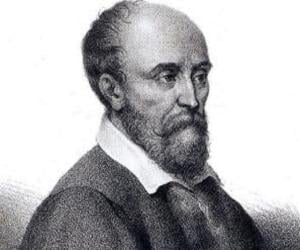
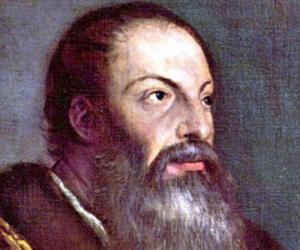
Pietro Aretino was an Italian author, poet, satirist, and playwright. He wielded influence on contemporary politics and art. An outspoken critic, Aretino was one of the most important and influential writers of his generation. A self-proclaimed sodomite, Pietro Aretino was involved in romantic relationships with men, which was uncommon at that time.
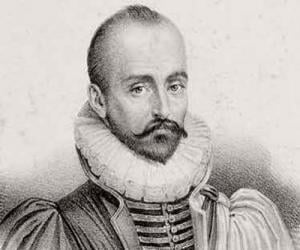
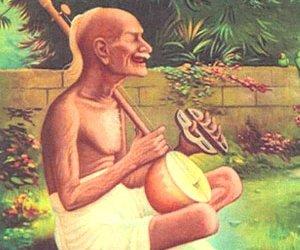
Surdas was an Indian poet and singer best remembered for his devotion to Lord Krishna. He is credited with writing the popular book, Sur Sagar. He was blind by birth and was neglected by his family. Surdas was inspired by the teachings of Vallabha Acharya, who he met while going on a pilgrimage to Vrindavan.
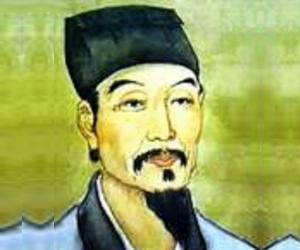
Wu Cheng'en was a Chinese poet, novelist, and politician who was active during the Ming Dynasty. He is often credited with authoring a Classic Chinese Novel titled Journey to the West. Wu Cheng'en's possible composition of the famous novel is his main claim to fame, although he also wrote numerous stories and poems, most of which have been lost.
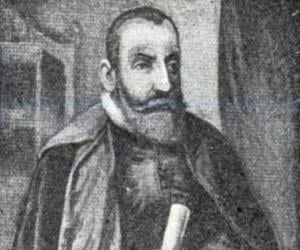
Jan Kochanowski was a Polish Renaissance poet whose poetic patterns became a key component of the Polish literary language. Kochanowski is considered the greatest Polish poet before the arrival of Adam Bernard Mickiewicz. Jan Kochanowski is best remembered for his magnum opus Treny, a series of 19 elegies on the demise of his two-and-a-half-year-old daughter Urszula.
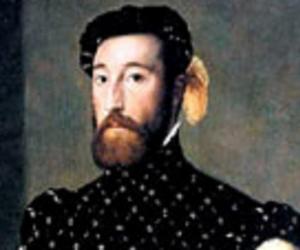
Born into a noble Spanish family, Garcilaso de la Vega grew up to be one of the greatest poets of the Golden Age of Spanish literature. Most of his mature writings were inspired by the Italian Renaissance and carried themes such as failed love. His notable works include Dialoghi di amore.
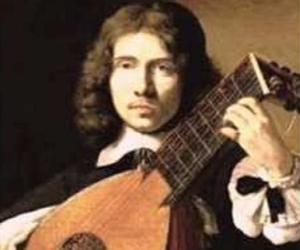
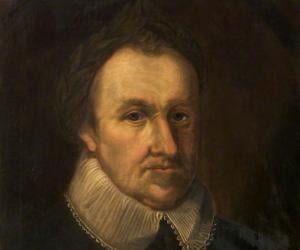
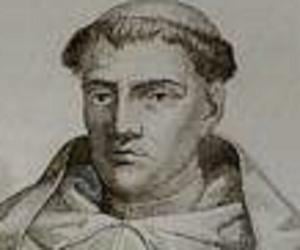
Spanish Baroque dramatist, poet and Roman Catholic monk Tirso de Molina is best known for writing the play The Trickster of Seville and the Stone Guest which first introduced the legendary fictional character of Don Juan. Other notable works of Molina includes the comedy sitcom Don Gil of the green tights and the trilogy of The Santa Juana.
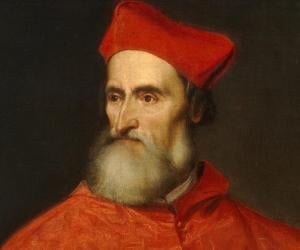
Pietro Bembo was an Italian scholar, poet, and literary theorist. He was also a cardinal of the Roman Catholic Church and a member of the Knights Hospitaller, a Catholic military order. He played a key role in the development of the Tuscan dialect as a literary language. As a priest, he promoted the Christian perfection of Renaissance humanism.
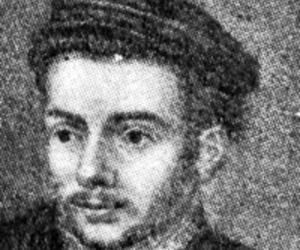
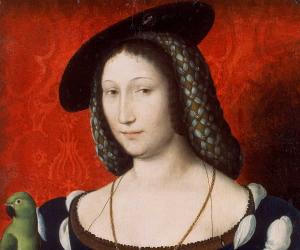
Margaret of Valois-Angouleme, the wife of Henry II of Navarre, was a significant figure of the French Renaissance, and is also regarded as The First Modern Woman. She patronized artists and was herself an author, with several short stories and a religious poem to her credit.
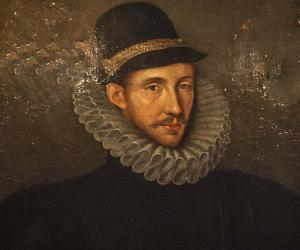
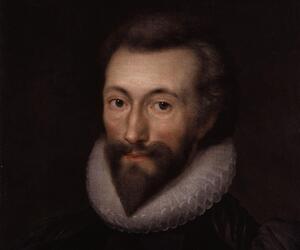
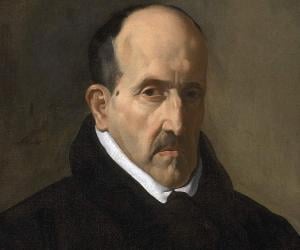
Spanish Baroque poet Luis de Góngora created his own style known as Gongorismo. Born to a judge, he initially used his father’s library to gain knowledge. His works such as Fábula de Polifemo y Galatea and Soledades were criticized by many for their complex style and obscurity.
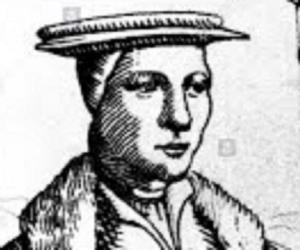
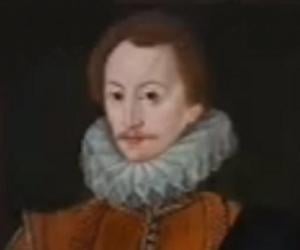
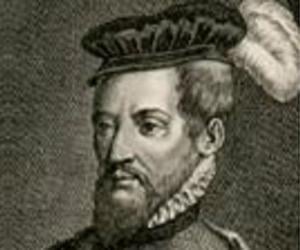


Spanish linguist, poet and humanist Antonio de Nebrija, considered the most influential Spanish humanist of his time, is noted for making significant contributions in the fields of grammar and lexicography. He is best known for authoring Gramática de la lengua castellana (Grammar of the Castilian Language), the first work that focused on the Spanish language and its rules.
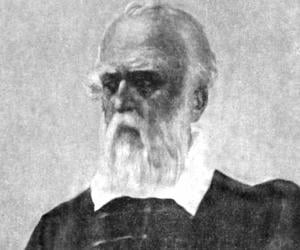
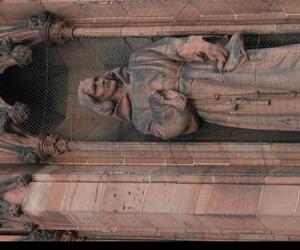
Once the court poet of King James IV of Scotland, William Dunbar remains one of the most reputed Chaucerians of his time. Known for allegorical pieces such as The Goldyn Targe, he also penned works such as Flyting of Dunbar and Kennedie, directed against his rival Walter Kennedy.
